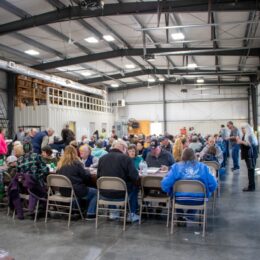If you look around your home, you likely have more devices and equipment that require electricity than ever before. Our connected lives are increasingly dependent on more electricity to function. At the same time, as demand for electricity rises, Orange County REMC must deliver an uninterrupted 24/7 power supply — regardless of market conditions or other circumstances.
As you would expect based on your family’s habits, electricity use fluctuates throughout the day based on consumer demand. Orange County REMC must be able to provide enough electricity to meet the energy needs of all members during times of highest energy use, or “peak hours.” These peak times are typically in the morning as people start their day and in the evening as people return to their homes.
What you may not know is that electric utilities, including Orange County REMC, typically pay more for electricity — either from a power plant or from another utility with excess power — during those morning and evening “energy rush hours.” In addition, the demand for electricity is even higher when it’s especially cold outside, when heating systems must run longer to warm our homes.
If the “peak times” concept is a bit puzzling, here’s an easy way to think about it, and it’s similar to a major concert. We know costs go up when there is strong demand for tickets (or electricity), and both are subject to the basic economic laws of supply and demand. When a lot of people want the same thing, it’s more expensive. When they don’t, it’s cheaper — like a bargain matinée or an “early bird” special at a restaurant.
During peak periods when the cost to produce and purchase power is higher, we encourage you to take simple steps to save energy, such as turning your thermostat down a few notches, turning off unnecessary lights and waiting to use large appliances during off-peak times.
You can also save energy by plugging electronics and equipment such as computers, printers and TVs into a power strip, then turning it off at the switch during peak hours. If you have a programmable thermostat, adjust the settings to sync up with off-peak rate periods. When we all work together to reduce energy use during periods of high electricity demand, we can relieve pressure on the grid and keep costs down along the way.




